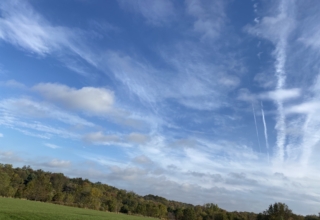
Hard and Soft Learning
Let’s try to put the last two sets of findings together. There seems to be a certain kind of influence (and I would reframe influence as learning) that is “soft” in character. I don’t mean “soft” in terms of being easy; rather, I mean “soft” in terms of being subtle and often elusive. The direct experiences with clients are “soft” in this regard, as are the ways in which we learn from our personal experiences and somehow translate these lessons learned into our coaching practice. These are the “here-and-now” experiences that slip in and out of our life and work–experiences that we glimpse, but often don’t fully appreciate or understand until much later when we reflect on them and identify repeated patterns embedded in these experiences. These forms of slow thinking are often referred to as reflective practice (Schon, 2008) and lead to an outcome called “second-order” or collective (organizational) learning (Argyris and Schon,1978).
By contrast, I would identify the learning as “hard” that occurs through indirect experiences via books, teaching sessions and supervision. It is “hard” in the sense that the source of this learning is often definitive, well-structured and presented in an “objective” manner (as evidence-based “reality”). While personal experiences in our own life and our work with clients tends to be “subjective” and not easily captured in words, the lessons we are “taught” from coaching books, instructors and supervisors are typically conveyed via words.
There is an intermediate form of influence and learning — somewhere between soft and hard. This occurs in our interactions with other people. The “reality” being created in this interaction is produced by the two of us together (what some contemporary psychotherapists describe as “intersubjectivity”). It is hard in the sense of occurring “out there” in the world, rather than within our head and heart. It is soft in that this moment of “reality” is often fleeting and not easily replicated. We can prepare a transcript of the conversation that occurs, but somehow this doesn’t capture the real essence of what has occurred in this moment of shared collegial insight and “truth.”
Putting all of this together, I would suggest that findings from the Development of Coaches Survey point to “soft’ learning as being of greatest important (influence) for many coaches, whereas “hard” learning is less important. This ordering of priorities seems to align with findings from the first two reports indicating that coaches tend to be most comfortable with the “soft” processes of coaching (building rapport with clients, being good listeners, etc.) and least comfortable with the “hard” processes (tactical and strategic thinking).

















